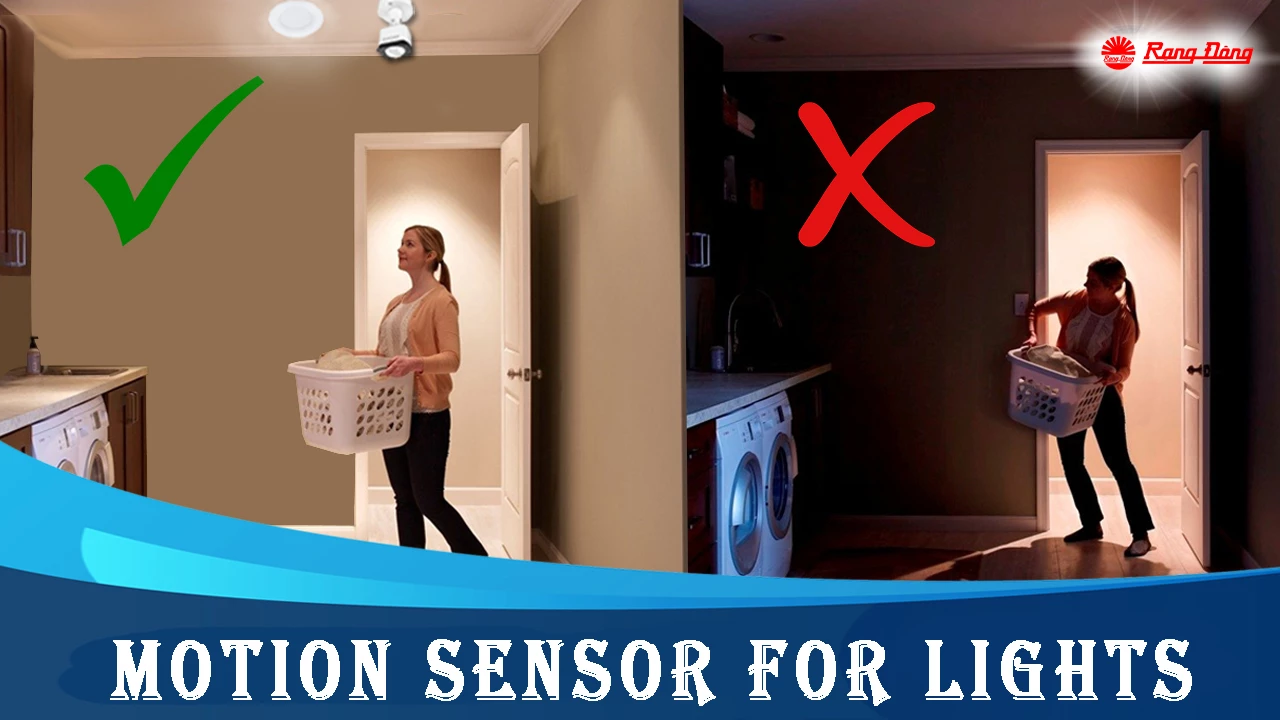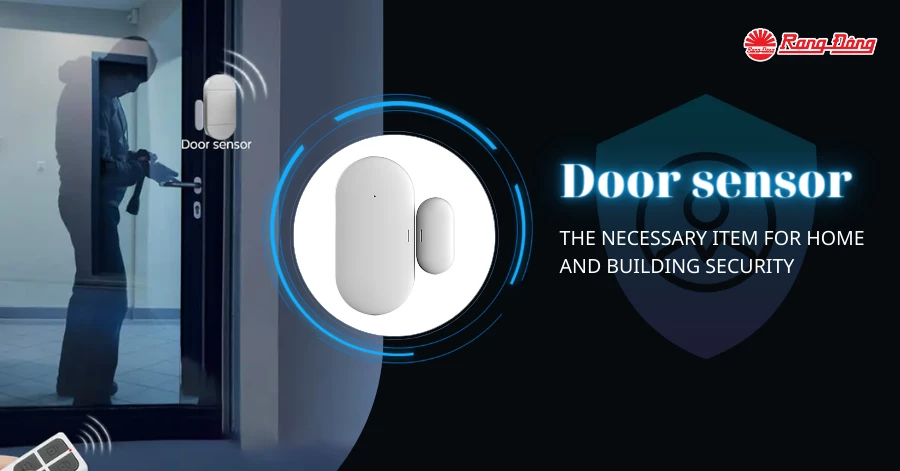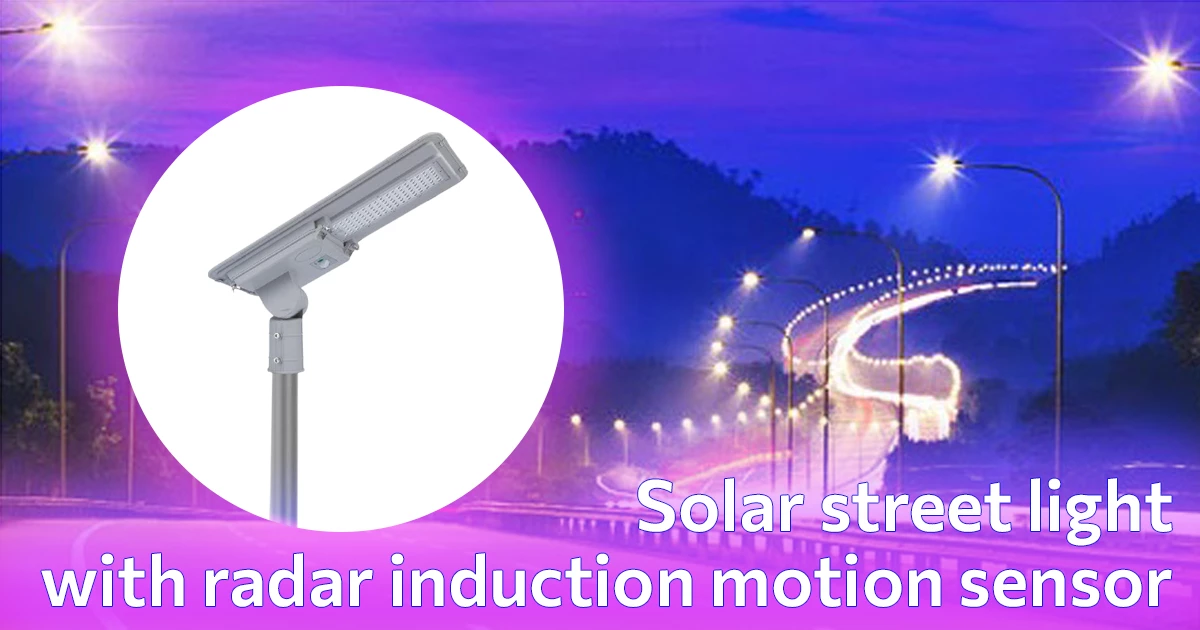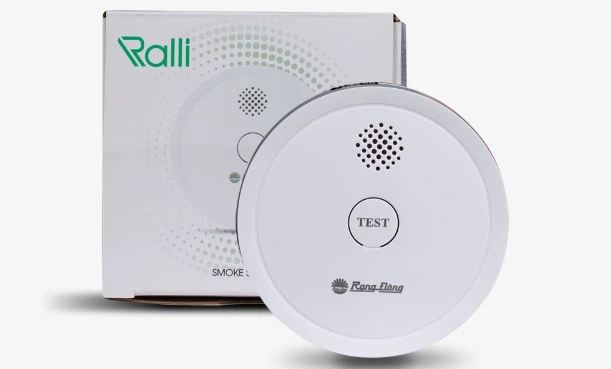
Guide on Motion Sensor Types and Applications
Motion sensors are electronic devices designed to detect physical movement in a given area. Selecting a sensor can be a challenging undertaking, given the availability of numerous detecting technologies and devices on the market. Choosing a motion sensor involves asking a series of questions to remove any technology or product that does not meet the application criteria.
A motion sensor, also known as a motion detector, can detect and measure movements within a specific area. These sensors are integral components in security systems, home automation and various industrial applications.
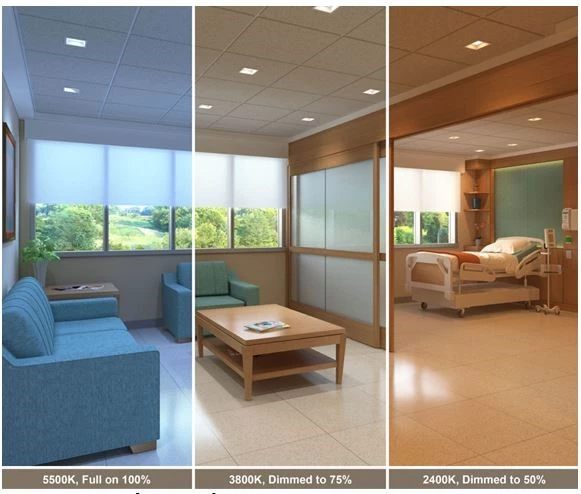
Types of motion sensors
Passive infrared (PIR) sensors
These ensors detect infrared radiation emitted by warm objects, particularly humans and animals.
They are commonly used indoors, such as in offices, bathrooms, living rooms and staircases. However, their sensitivity can be affected by temperature variations, and they may not function optimally above 35 degrees Celsius (95 degree Fahrenheit).
Microwave sensors
These sensors emit microwave pulses and measure the reflection off moving objects. They can cover larger areas and detect motion through obstacles such as glass, thin walls, and even metallic barriers.
Microwave sensors are suitable for large spaces and are less affected by temperature changes.
 The operation principle of microwave sensors
The operation principle of microwave sensors
Ultrasonic sensors
Ultrasonic sensors emit high-frequency sound waves and detect the reflection off moving objects.
They are used for object detection, obstacle detection, distance measurement, and level sensing in various applications such as conveyor belts, automated robot vacuum cleaners, and in factories.
In industrial settings, motion sensors are used for object detection, obstacle detection, distance measurement, and level sensing in various applications such as conveyor belts, automated robot vacuum cleaners, and factories.
Application
Home security: Motion sensors are integral to security systems, detecting unauthorized movement and triggering alarms or notifications.
Energy efficiency: In lighting systems, motion sensors help conserve energy by activating lights only when movement is detected. They can best serve the spaces such as hallways, bathrooms and offices.
Note that typical motion sensors have a range of up to 80 feet (24 meters), so a single sensor is unlikely to cover a lengthy hallway or an open office.
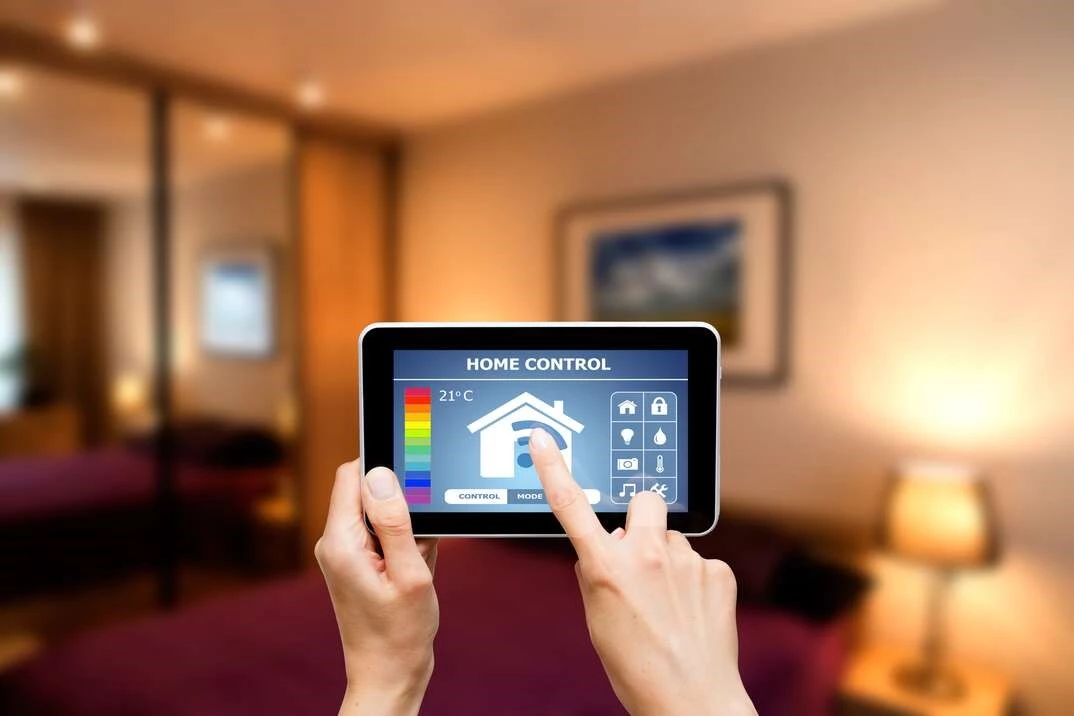 Motion sensors can be used in many applications to operate a smart home.
Motion sensors can be used in many applications to operate a smart home.
Installations for home/business
Install sensors around entrance points. There are motion detectors made specifically for doors and windows.
Place them in highly trafficked places. Installing the sensor in a corridor, stairway, or other area where people must walk increases the likelihood of catching an intruder.
It's also a good idea to position sensors near rooms with particularly valuable objects, where criminals may go first.
Do not place PIR sensors near a heat source. PIR sensors assess temperature fluctuations in a certain area and may cause a false alarm if positioned too close to a vent, furnace or fireplace.
Do not block the sensor. If the sensors are occluded, they will stop working properly. An impediment may not be seen at first. For example, if a motion sensor light is place over the driveway, the parked automobile may interfere with the light's capacity to detect motion on the sidewalk or street. Try to install the sensor in a clear space.
Should you have any questions or request a quotation of Rang Dong products, please send us an email to: export@rangdong.com.vn
Websites: en.rangdong.com.vn and vacuumflask.rangdong.com.vn.



